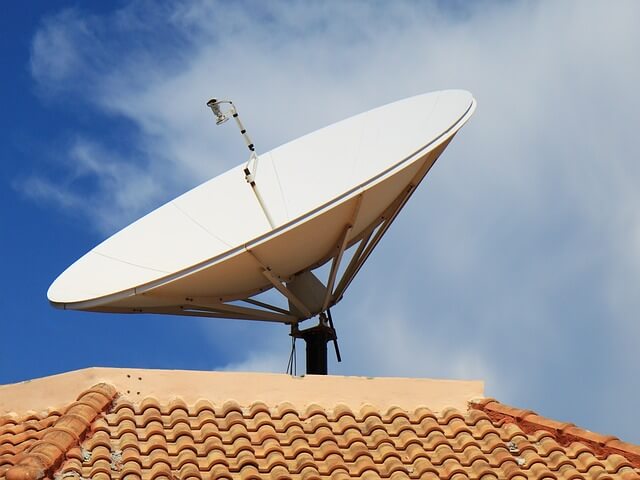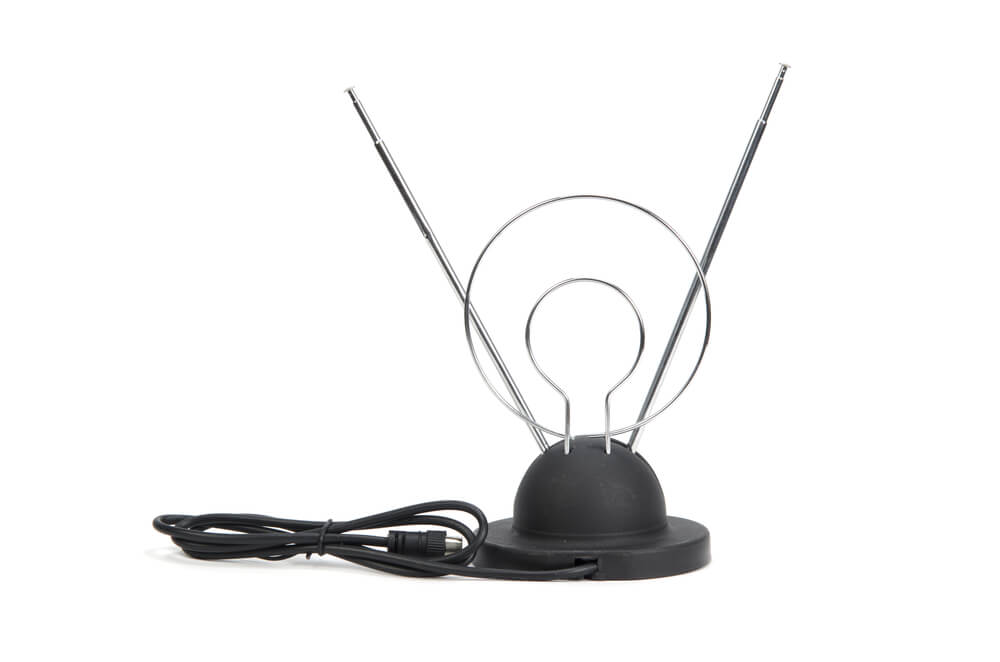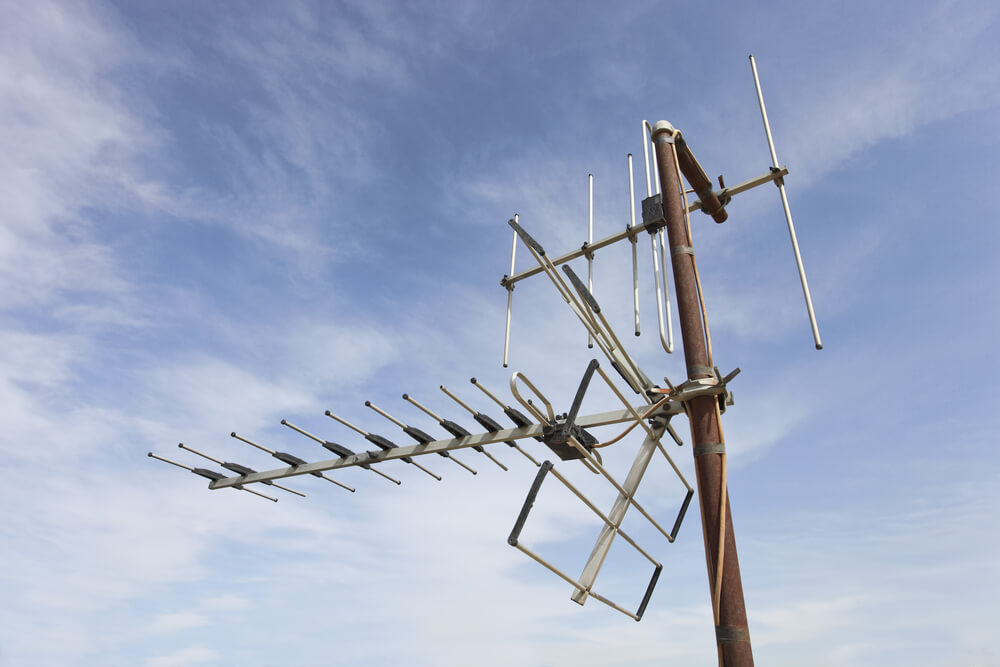TV antennas are extremely valuable in today’s world. They offer access to free over-the-air TV that should not be overlooked. Antennas offer a wide range of advantages, including cost-effectiveness, access to local channels, high-definition programming, reliable reception, and easy installation.
Unlike cable, which requires a subscription, and streaming services, which often come with monthly fees, free over-the-air TV provides access to local channels and major networks at no cost.
However, choosing the right digital aerial for TV can be confusing. With various types available, it’s important to understand which digital antenna is best for your needs. This article will throw light on the types of antennas available and help you choose the best one for your digital TV.
Indoor TV Antennas
Indoor TV antennas are like small TV antennas that you can use inside your house. You can place them near a window or on a wall. The best indoor TV antenna helps you pick up TV channels that are broadcast over the air, meaning you don’t need cable or satellite.
These indoor digital TV antennas are smaller and less noticeable than the big ones you see on rooftops. They’re great for cities or suburbs where you might not have much space.
Setting them up is easy compared to the big antennas outside. Digital indoor TV antenna can pick up signals from a specific direction or from all around, depending on the type you choose.
Here are the types of indoor digital TV antenna:
- Flat Antennas: These are thin, rectangular antennas that you can stick on a wall or window. They’re very slim and don’t stand out much.
Flat antennas work well in cities where the signal is strong and there’s not a lot of interference.
- Dipole Antennas: These antennas have two adjustable rods that you can move to get a better signal.
They’re more flexible than flat antennas because you can change the length and angle of the rods.
Dipole antennas are good for areas where the signal strength changes or where things are blocking the signal, like buildings or trees.
Outdoor TV Antennas
Outdoor TV antennas are bigger antennas that you install outside your house, usually on the roof or a pole. They help you pick up TV channels that are broadcast over the air, just like indoor antennas but with more power. Digital Outdoor TV antennas can grab signals from farther away, which is useful in areas with weak signals or obstacles blocking the signal.
Few types of best outdoor digital TV antenna Australia:
- Yagi Antennas: These are antennas with several rods in a line. They’re good for picking up signals from one direction, so they work well when the broadcast towers are all in the same place.
- Parabolic Antennas: Also known as satellite dishes, these are used for satellite TV and the internet, not for regular TV signals.
- Amplified Antennas: These antennas have a built-in amplifier that boosts the signal. They’re great for weak signal areas or places with a lot of interference.
- Long Range Antennas: These antennas are designed to pick up signals from a long distance. They’re perfect for areas where the broadcast towers are far away or the signal is weak.
Unidirectional vs. Multidirectional Antennas
Standard HD antennas, also known as directional TV antennas, are built to pick up signals from a specific direction. For example, if your antenna is facing north, it will only receive signals from that direction. These antennas cannot be moved and stay in one fixed position.
On the other hand, multi-directional antennas are designed to receive signals from multiple directions. You can adjust their position to try and get better signals. For instance, if this type of antenna is facing north, you can turn it to face west to see if you can get better reception from that direction.
Factors to Consider When Choosing digital aerial for TV
There are so many factors that affect the selection of your digital aerial for TV. Before choosing the best digital antenna Australia for your property, you need to go through these before you make any decision.
Location
The location of your home about the broadcast towers plays a significant role in determining the type of antenna you need. If you live in a rural area far from the towers, you may require a more powerful antenna.
Signal Strength
The strength of the signals in your area will also affect the type of antenna you need. Areas with strong signals may only require a basic indoor antenna, while areas with weak signals may need a more powerful outdoor antenna.
Antenna Range
The range of an antenna refers to the maximum distance at which it can receive signals. It’s essential to choose an antenna with adequate range for your location to ensure optimal reception.
Obstacles
The area in which you live and obstacles such as mountains, hills, or tall buildings can obstruct TV signals. If you live in an area with such obstacles, you may need a more powerful antenna or one that can be mounted higher to overcome these challenges.
Tips for Optimizing Your TV Antenna’s Performance
To make sure your Digital TV antenna works well, try these easy tips:
- Put It High: Place your antenna up high, like on the roof or in the attic. This helps it get a better signal. Keep it away from things like trees and buildings.
- Point It Right: If your antenna can move, point it towards the broadcast towers. This helps get the best signal.
- Use an Amplifier: If your signal is weak or you have a long cable, use an amplifier. It boosts the signal and makes the picture clearer.
- Avoid Interference: Keep electronic devices away from your antenna. Use cables that block interference.
- Choose the Right Antenna: Pick an antenna that fits where you live. For cities, a small indoor antenna might be enough. For rural areas, a big outdoor antenna might work better.
- Scan for Channels: After you set up your antenna, scan for channels on your TV. This makes sure you get all the channels available.
- Check and Adjust: Regularly check your antenna for damage. If the signal gets worse, try adjusting its position.
Conclusion
In the end, selecting the best antenna for digital TV Australia requires careful consideration of several factors such as your location, signal strength, distance from broadcast towers, and installation environment etc.
By evaluating these factors, you can choose the digital aerial for TV that will provide you with the best reception and viewing experience for your television.
However, in any case, if you feel stuck, you can approach antenna experts. They can guide you professionally and help with easy and perfect TV antenna installation.




